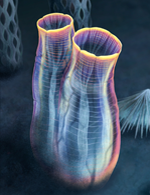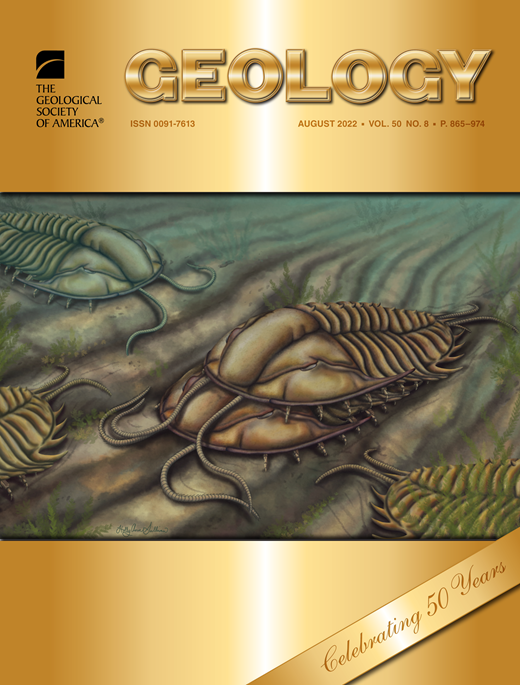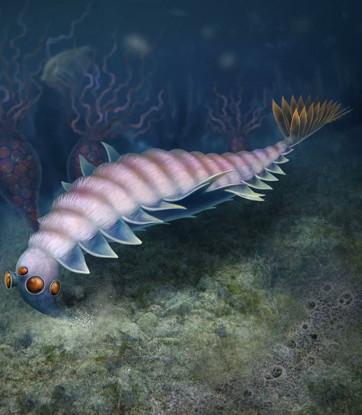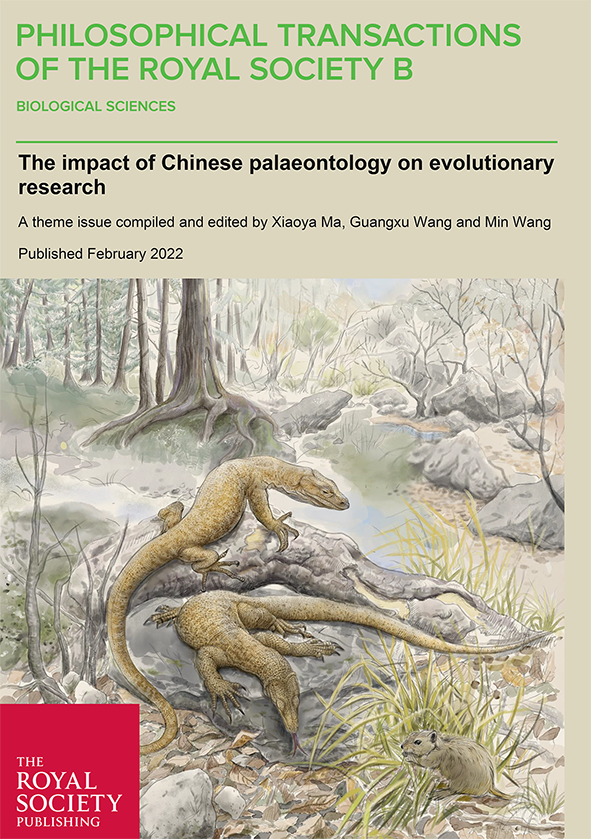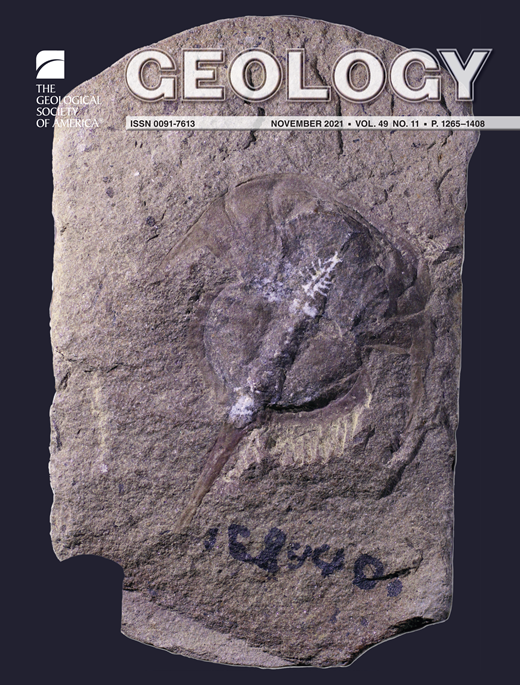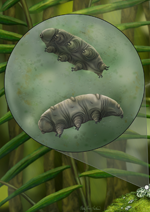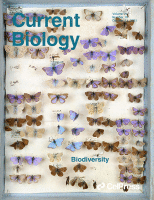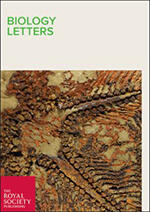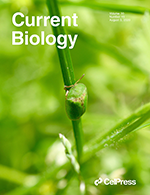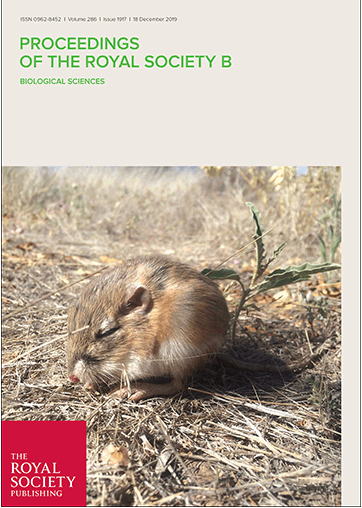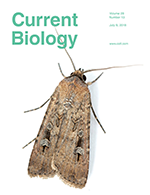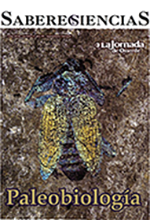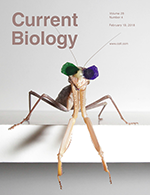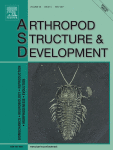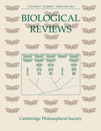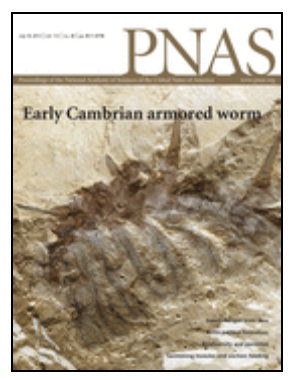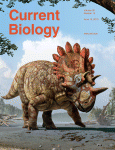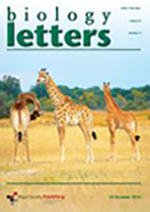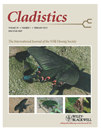Citation:
J. Yang, J. Ortega-Hernandez, S. Gerber, N. J. Butterfield, J. B. Hou, T. Lan, and X. G. Zhang. 2015. “A superarmored lobopodian from the Cambrian of China and early disparity in the evolution of Onychophora.” Proceedings of the National Academy of Sciences U S A, 112, Pp. 8678-83.
Abstract:
We describe Collinsium ciliosum from the early Cambrian Xiaoshiba Lagerstatte in South China, an armored lobopodian with a remarkable degree of limb differentiation including a pair of antenna-like appendages, six pairs of elongate setiferous limbs for suspension feeding, and nine pairs of clawed annulated legs with an anchoring function. Collinsium belongs to a highly derived clade of lobopodians within stem group Onychophora, distinguished by a substantial dorsal armature of supernumerary and biomineralized spines (Family Luolishaniidae). As demonstrated here, luolishaniids display the highest degree of limb specialization among Paleozoic lobopodians, constitute more than one-third of the overall morphological disparity of stem group Onychophora, and are substantially more disparate than crown group representatives. Despite having higher disparity and appendage complexity than other lobopodians and extant velvet worms, the specialized mode of life embodied by luolishaniids became extinct during the Early Paleozoic. Collinsium and other superarmored lobopodians exploited a unique paleoecological niche during the Cambrian explosion.Notes:
Yang, JieOrtega-Hernandez, JavierGerber, SylvainButterfield, Nicholas JHou, Jin-BoLan, TianZhang, Xi-guangengResearch Support, Non-U.S. Gov't2015/07/01 06:00Proc Natl Acad Sci U S A. 2015 Jul 14;112(28):8678-83. doi: 10.1073/pnas.1505596112. Epub 2015 Jun 29.See also: Journal Articles

